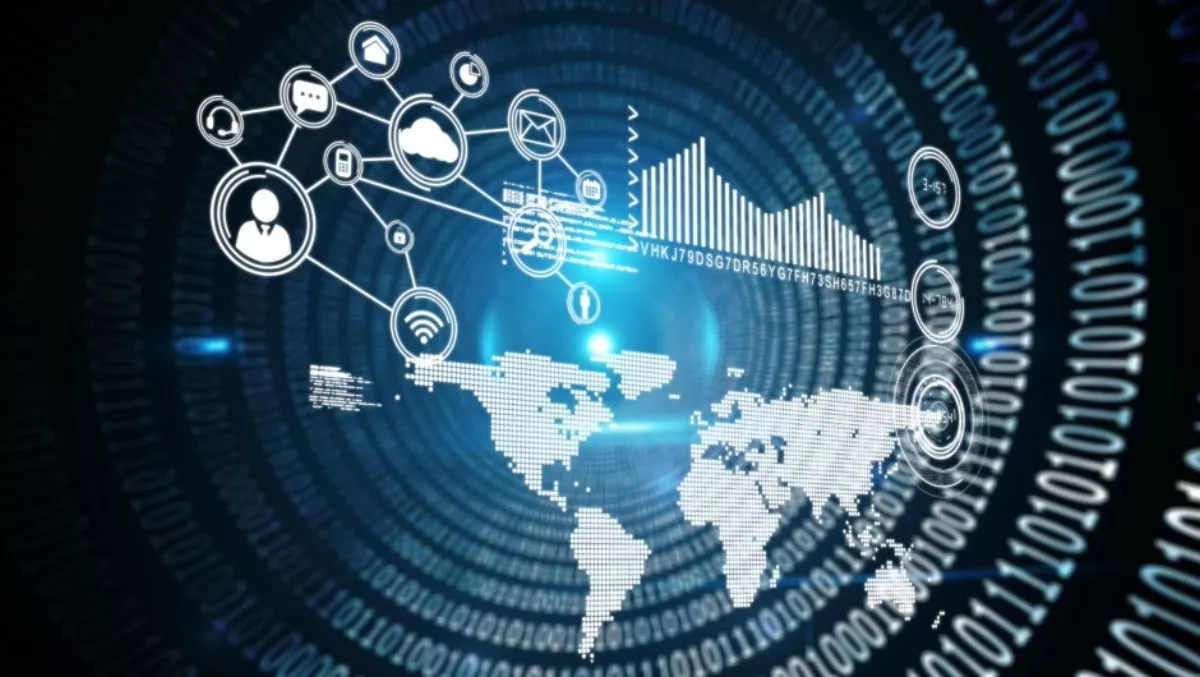
Ericsson eyes the future with launch of network services for ‘massive IoT’
With the massive influx of commercial Internet of Things (IoT) networks coming into play, Ericsson has complemented cellular IoT software and IoT Accelerator offerings with a complete set of network services.
Applicable for Cat-M1 (also called LTE-M) and Narrow Band IoT (NB-IoT), these services include IoT network design and optimization, deployment, operation and management, and are supported by the recently expanded Support Services offering.
In fact, head of Business Area Managed Services at Ericsson, Peter Laurin sees a very bright – and powerful – future for IoT.
"We anticipate IoT devices will surpass mobile phones as the largest category of connected devices as early as 2018 and, according to Ericsson's latest Mobility Report, there will be 18 billion connected IoT devices in 2022," says Laurin.
"This massive uptake requires a different approach to network planning, design, operations and capabilities than traditional mobile broadband networks.
Principal analyst of Consumer Technology and IoT at Ovum, Jamie Moss shares these sentiments, saying operators need partners that can help them to introduce new technologies smoothly and quickly – and that this is especially true in the case of LTE-M and NB-IoT.
"As enhancements to LTE, they appear to represent the operators' core competency. But LTE-M and NB-IoT will be used, and will be required to perform, in ways that are completely new. Their rollout, the handling of the traffic they generate and the management of the services they exist to enable require network services that offer a comprehensive portfolio of abilities," says Moss.
"Machine learning and artificial intelligence are not just buzzwords, but are vital and exciting tools being employed by Ericsson for use within a network to help operators manage the many new devices they will need to serve in the future.
The company is also releasing new IoT software features like Voice over LTE support for Cat-M1 which Ericsson says will enable operators to explore new use cases in which it can be advantageous for IoT devices to support voice services, opening up opportunities to expand enterprise services to areas such as security alarm panels, remote first-aid kits, wearables, digital locks, disposable security garments, and other types of IoT-enabled applications and services.
According to Ericsson, heterogeneous IoT networks and diverse use cases with varying needs will all require a different approach to network planning and design. The company says it will support this by introducing scenario assessment, network modelling, design development, and developmental appraisal for massive IoT networks.
Ericsson has also introduced automated machine learning to its Network Operations Centers (NOCs) to address the need for an adapted approach to management and operation operators' network – in a trial, 80 percent of all incidents were identified by machine learning only with no human intervention and the root cause was correctly identified in 77 percent of all cases.

